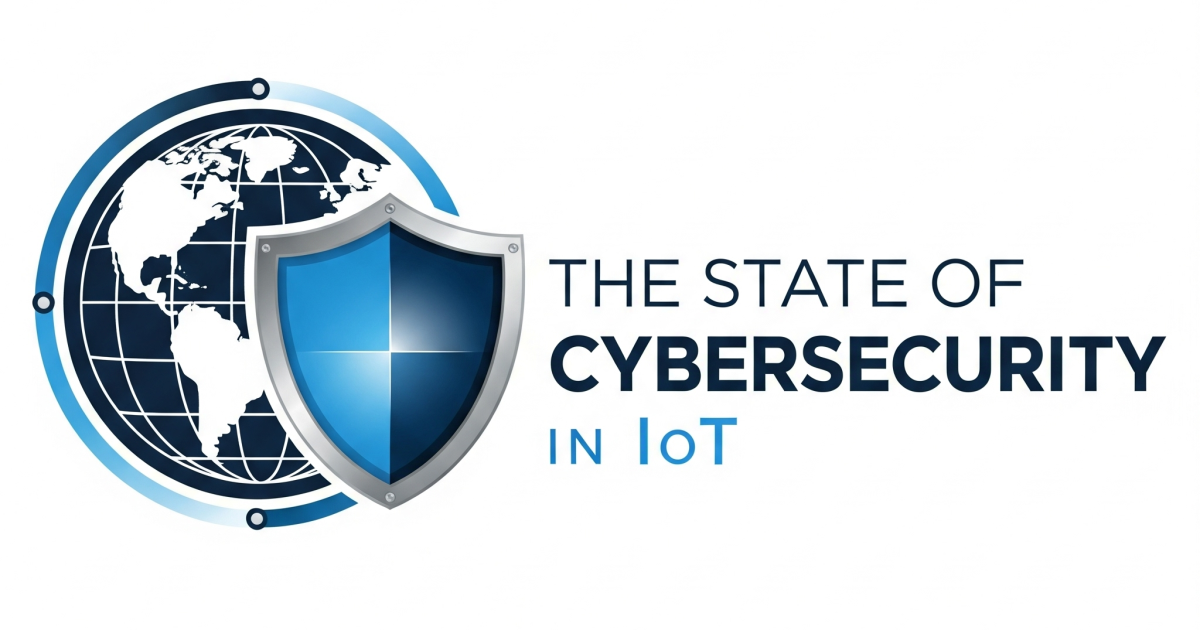We are quickly approaching a world in which most everyday devices will communicate with a vast ecosystem of other hardware that is connected and integrated with the Internet. In fact, we are almost there today.
Right now, anyone can pick up “smart” or Internet-connected lights, Fitbits, home appliances, cameras, and other hardware from the store around the corner at a reasonable price. This is a segment of technology that is continually developing, and will continue to grow rapidly over the next few years as costs decrease and more opportunities flourish.
But the Internet of Things (IoT) is bigger than just consumer devices. According to the GSMA Connected Life forecast, by 2020 there are expected to be more than 25 billion connected devices, while Cisco’s Internet of Everything prediction is for there to be double that, up to 50 billion “intelligent things” by 2020; connecting cars, appliances, smartphones, tablets, monitoring sensors, and more. IoT is moving beyond the connected home, and has the potential to make a significant impact in widespread industrial and commercial applications. Already, cities across North America and Europe rely on IoT for fleet management of car-share schemes, while applications in farming, aerospace, energy, and mining industries all represent opportunities for IoT and M2M applications where real-time data can help stakeholders make smarter decisions based on real analytics and trends.
For service providers, the potential for IoT growth is significant. Two questions immediately come to mind: “Which new services can I offer in the brave new world of IoT?” and “How do I support all of this?”
These questions are not necessarily easy to answer. Numerous studies have detailed the headaches experienced by both consumers and small- and medium-sized businesses (SMBs) when it comes to supporting technical problems on the subscriber side. Between the costs of truck rolls, lost productivity, and infrastructure-related expenses, it is an expensive exercise to provide support for computers, WiFi, mobile phones, and the overall broadband service experience of subscribers. If you expand those issues to include billions of other connected devices, the costs to service and maintain IoT can seem overwhelming.
Hence, as IoT deployments scale and new business cases arise, your device management strategy must be able to keep up. Right now, while there are certainly “favorites” emerging in the industry, there is no clear standard for how to interconnect all the “things” in IoT, and which protocols should be used to manage them.
A variety of groups have taken some positive steps to improve this situation. For example, The OpenFog Consortium is backed by 50 different organization and has released a reference architecture with baseline standards for product design, security, and other essential elements in the IoT puzzle. Additionally, The Thread Group and Open Connectivity Foundation recently pledged deeper cooperation so that IoT software would interoperate with greater ease. IETF and IRTF are other examples of organizations trying to build open standards that will benefit IoT management.
However, for the foreseeable future, service providers still face a chaos of protocols — not to mention the multiple APIs and access technologies required to monetize the incredible innovation and business opportunities coming out of the field of IoT.
The only choice is to focus on an open device management solution that is able to handle the brutal complexity that is currently the state of IoT architecture. Find out more about why open device management is essential in an IoT world here.
About the author : Maik Hassel has more than 15 years of experience in telecommunication, computer sciences, technical research, and robotics, He brings a wide spectrum of expertise to the Incognito team as a leader for the research, development, and implementation of dynamic software solutions.
Edited by
Ken Briodagh





